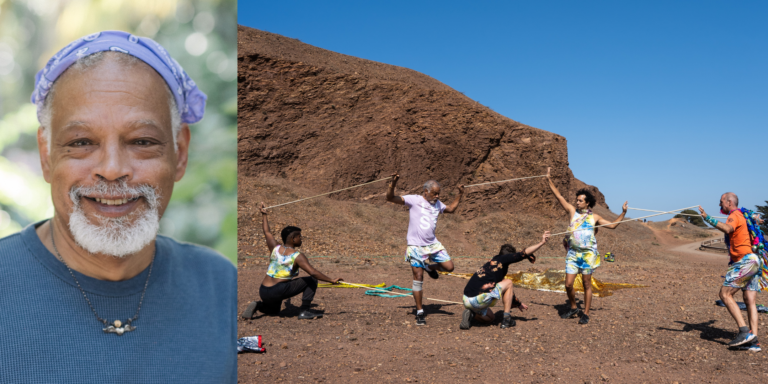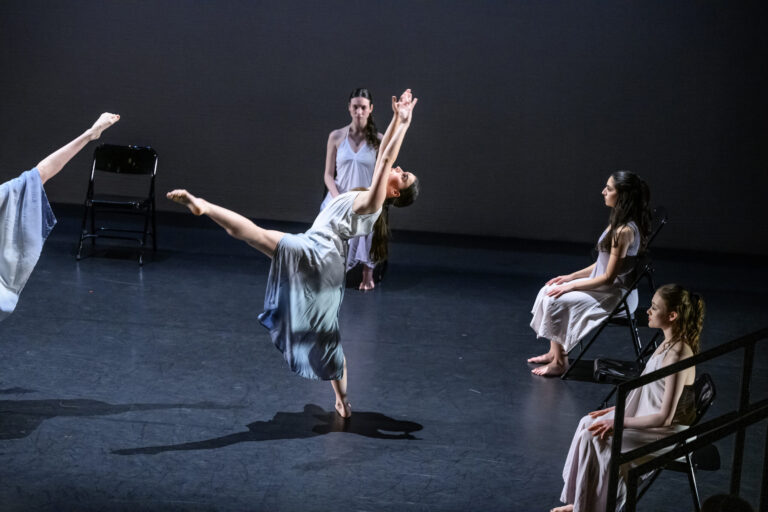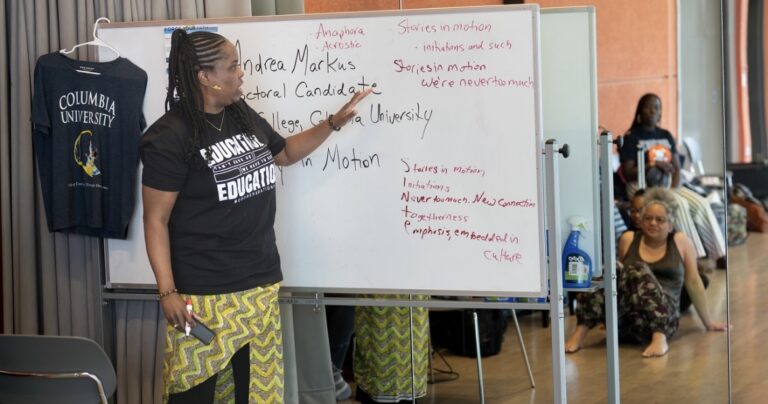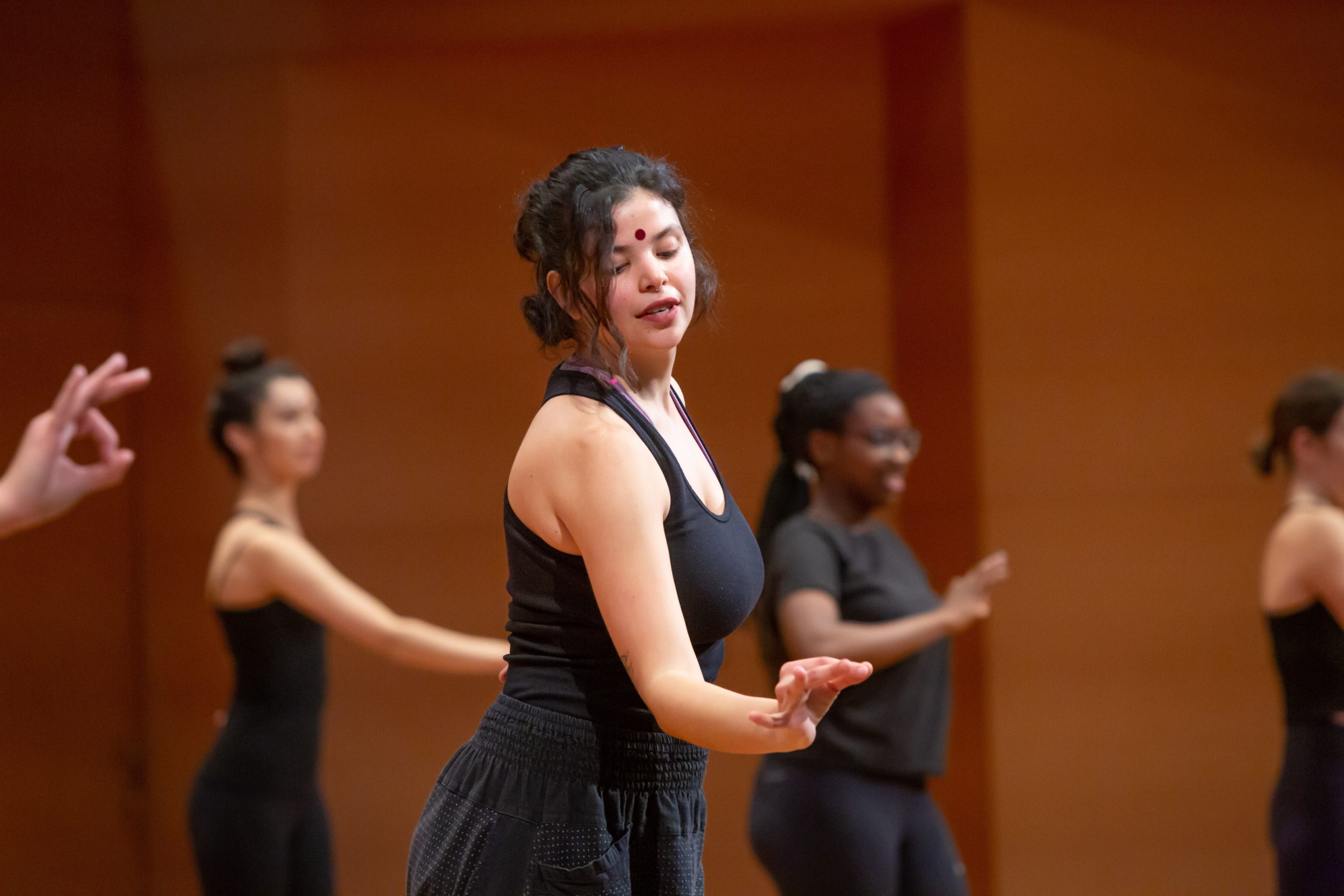
Since their establishment in the 1920s, many college dance programs have worked to adopt an integrated approach to theory and practice—technique classes happen alongside history lessons, compositional methods and contextual analysis. “Dance has really been a leader in this idea, that there’s not as much separation between practice and theory as in other fields,” says Jan Erkert, head of the dance department at the University of Illinois at Urbana-Champaign. “Our trajectory has consistently been: They work together.”
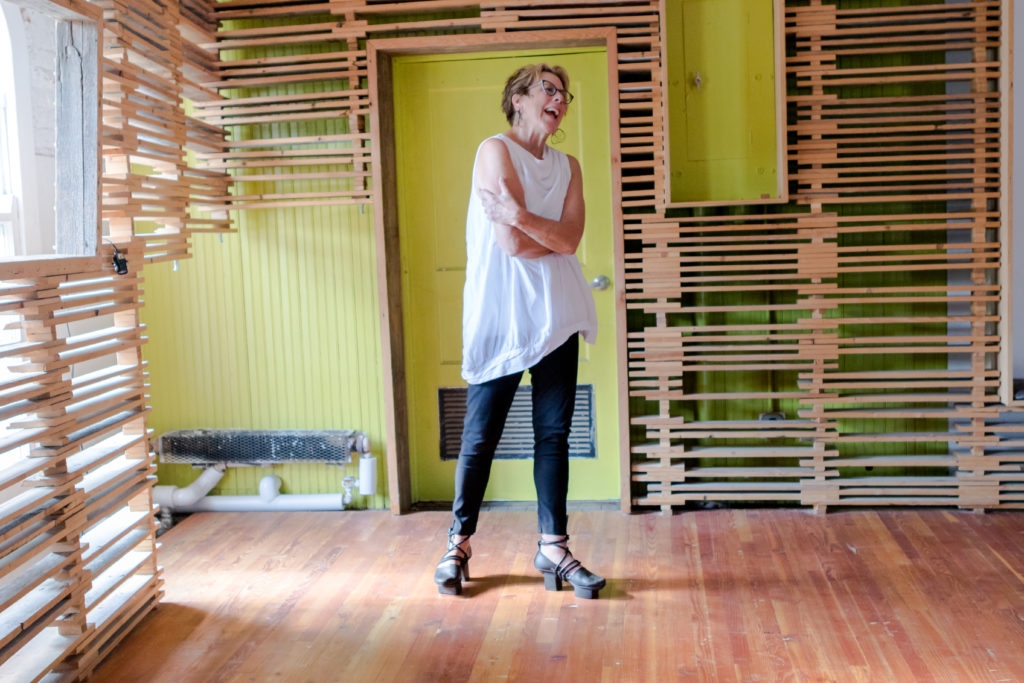
Have you ever wondered why those ideas work together, or how that integration might operate logistically? The three dance department heads we spoke to agree: It comes down to shaping three-dimensional artists who understand not just how to execute strong technique but also in what context that technique was formed.
“We’re giving students the tools to interrogate what they’re learning.”
Building a balanced curriculum is like putting together a complicated jigsaw puzzle—scheduling, flow, faculty interests, student needs and available space must all be taken into consideration. But the difficulty of this puzzle is well worth the outcome for students, says Cathy Young, executive director of Boston Conservatory at Berklee. “We’re giving students the tools to interrogate what they’re learning and develop their own points of view,” she says. “All of those things inform and shape their physical skills—that’s what artistry is.”
A well-rounded artist, then, is one who takes not just a range of technique classes but also courses in how to choreograph; dance history and context; and improvisation. At BoCo, each year of a student’s curriculum in the dance department comes with its own overarching theme: immersion, deconstruction, integration and identity, respectively.
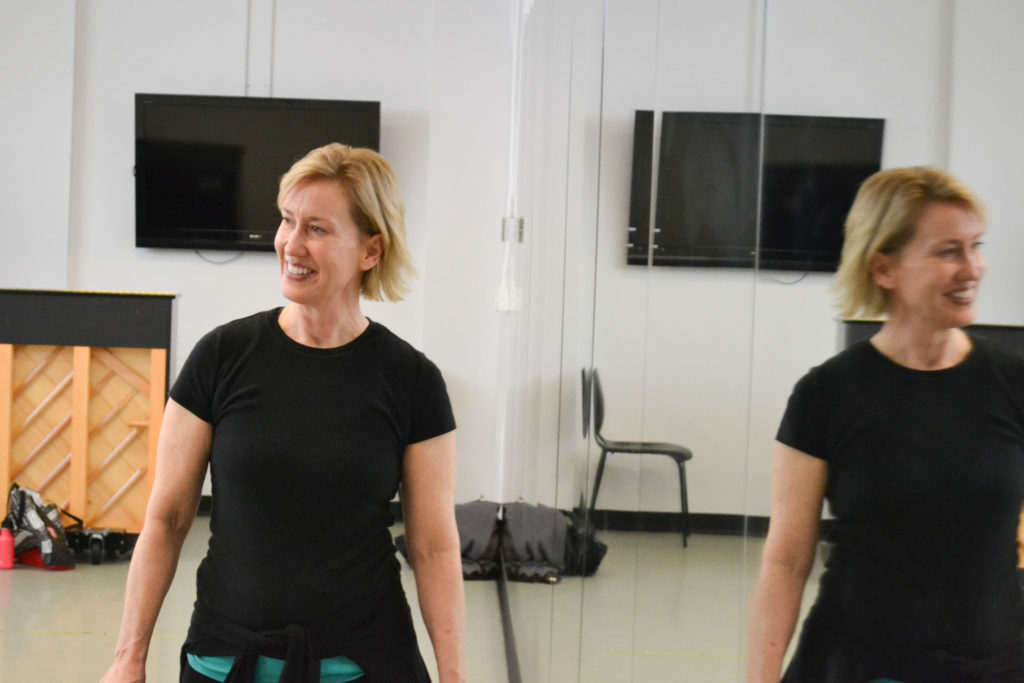
That attention to overlap and synthesis between technique and theory is something that drives the dance department at Wesleyan University, too, says Chair Hari Krishnan. “We’re not a conservatoire,” he says, where more of an emphasis might be placed on technique alone. “We’re interested in a bigger-picture discourse. How does your major affect a larger line of inquiry, especially with what’s going on in the world right now—disease, immigration, Black Lives Matter, BIPOC identity? I always say, ‘I’m not interested in how good or bad a dancer you are. It’s how engaged you are to the material.’” A balanced curriculum requires students to engage contextually and historically with dance—offering a three-dimensional understanding of the art form—which in turn gives dancers the tools they need to question and analyze how they each choose to operate within the field at large.
“We’re fostering a community of kindred spirits.”
An important part of a successful balanced curriculum is to introduce undergrads to its hybridity early on in their college careers, says Krishnan. “I think jumpstarting with an ambitious plan is important,” he says, “so that right off the bat, students are accustomed to: This is not your grandma’s university. We tell students: ‘It’s not going to be just looking at video.’ It’s watching live performance, engaging, talking. Students take agency in class presentations and showings. We’re fostering a community of kindred spirits.”
A balanced curriculum requires a smattering of course formats, too. “We’re not just creating technique robots,” says Krishnan, who also describes most of the lecture classes as hybrid. “Students see, watch, discuss, engage, write and make. They’re exposed immediately to alternative ways of how to make and engage with art. Even our technique classes have components where we discuss, we talk, we exchange ideas.”
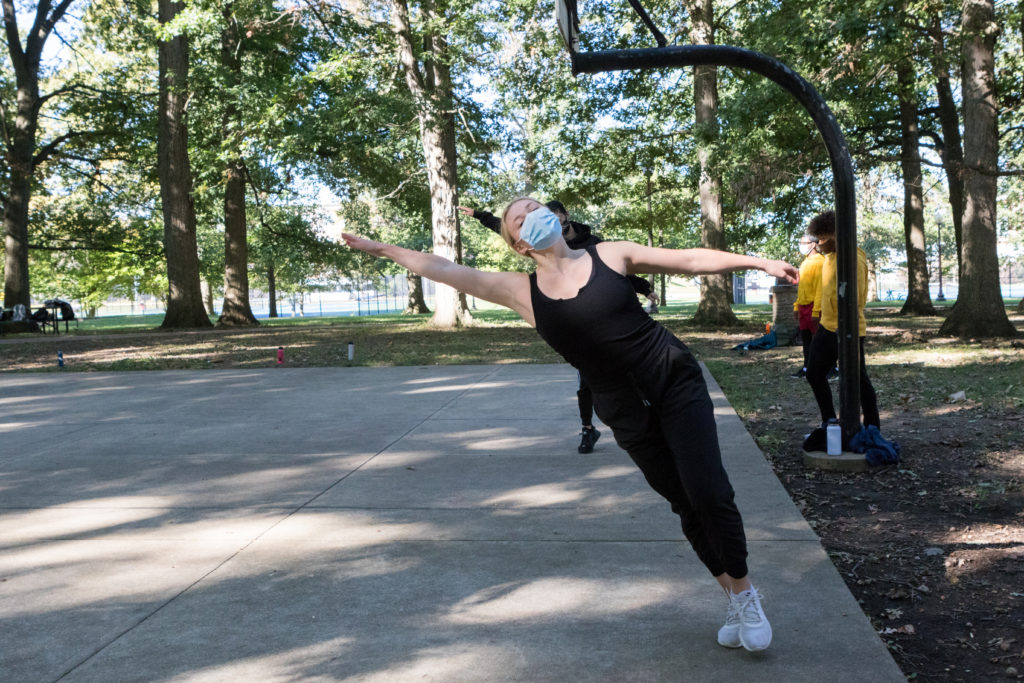
At Illinois, Erkert uses project-based learning—a concept made popular by educational reformer John Dewey—as a jumping-off point for curriculum design. “Our curriculum was originally set up like other dance departments: ‘Here’s your history class, here’s your physical practice class.’ But we’ve been chipping away at that,” she says. “We wanted to move away from a subject as a basis for a course and instead let it be a question. So if the question is ‘How do I make a dance?’ Well, that’s going to take playing around in the studio. It’ll take reading. It’ll take academic research.”
“There are a lot of great studio teachers out there—and they’re always asking questions that make students curious.”
For most first-year college students, a curriculum in which theory and history are prized as much as technique is unfamiliar. “A lot of students come to college having been immersed in one way, one approach,” points out Young. “They’ve spent most of their lives studying dance with one or two teachers. Being exposed to a whole range of genres and traditions and aesthetic value systems is big for them.” But if studio owners and pre-professional program directors want to integrate some of these ideas, they don’t have to completely overhaul their approaches. “There are a lot of great studio teachers out there who are engaged in what’s happening in the field, and they’re always asking questions that make students curious,” says Erkert.
Engaging students’ curiosity is a great starting place, agrees Young. “Maybe you show your students, say, a Pina Bausch video,” she says. “Or you bring in other teachers for a day or a week, to help your students understand that there are so many amazing approaches. Encouraging students to go off in the summer to have a new experience is really great, too.” By fostering a love for asking questions—and not just dutifully accepting a hierarchical education model, where the teacher is king—you’ll prepare your students to engage in important dialogues and think of dance as a multidimensional practice.
Rachel Rizzuto earned her Master of Fine Arts at the University of Illinois, Urbana-Champaign, in 2021 and currently teaches in the dance department.

